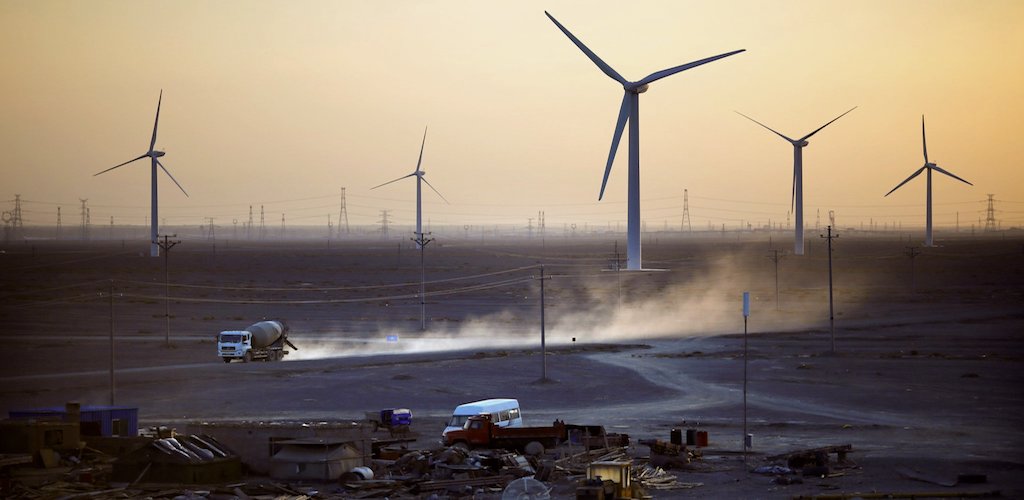Oct 09 | 2020
(Asia) Major Transition in Power Sector Investment

More than US$5 trillion of investment will be needed to meet China’s plans for carbon neutrality by 2060, signaling a major shift in breakbulk demand, according to research consultancy Wood Mackenzie.
The vast investment is based on additional power generation capacity that will need to be installed to accommodate the growth in electrification by 2050. To achieve this, Wood Mackenzie estimates solar, wind and storage capacities will have to increase 11-fold compared to 2020 levels, reaching 5,040 gigawatts by 2050,
“It is definitely a colossal task for a country using 90 percent hydrocarbons in its energy mix and annually producing more than 10 billion tonnes of CO2-e, and in addition, accounting for 28 percent of global total emissions,” said Prakash Sharma, Wood Mackenzie Asia-Pacific head of markets and transitions.
Widescale Electrification
This major shift in power generation is likely to prefigure a major transition in breakbulk activity across the power sector, as large-scale wind and solar projects replace coal.
“In our Accelerated Energy Transition (AET-2) scenario, China’s emissions peak immediately and enter a period of rapid decline, reaching net-zero slightly after 2050. This is achieved by widescale electrification of transport, heating and industry as well as deployment of carbon capture use and storage (CCUS),” Sharma added.
Wood Mackenzie expects China’s carbon price support to reach US$109 per tonne by 2030 with the transport and industrial sectors requiring major government subsidies and/or carbon pricing to decarbonize.
Oil Demand Collapse
Changeover in the transport and industrial sectors is expected to be particularly challenging due to the lack of scalable low-carbon alternatives, with China’s carbon emissions from these two sectors reaching 5.7 billion tonnes last year, roughly as large as the total emissions in the U.S. and the UK combined.
“Given China’s large heavy industry and machinery sector, it is crucial that China masters the use of CCUS and forest sinks to offset the remaining emissions. Without it, China’s pledge to become carbon-neutral is nearly impossible,” Sharma said.
Total new stock of electric vehicles could hit 325 million units by 2050, compared to 4 million units today, which may result in a sharp collapse in oil demand, as oil use falls below 7 million barrels per day by 2050.
Subscribe to BreakbulkONE and receive more industry stories and updates around impact of COVID-19.
